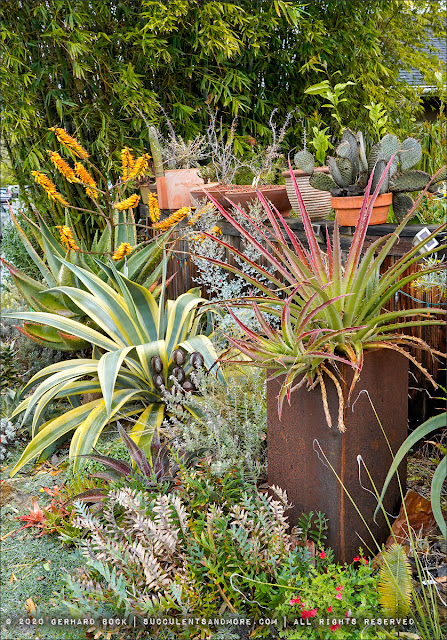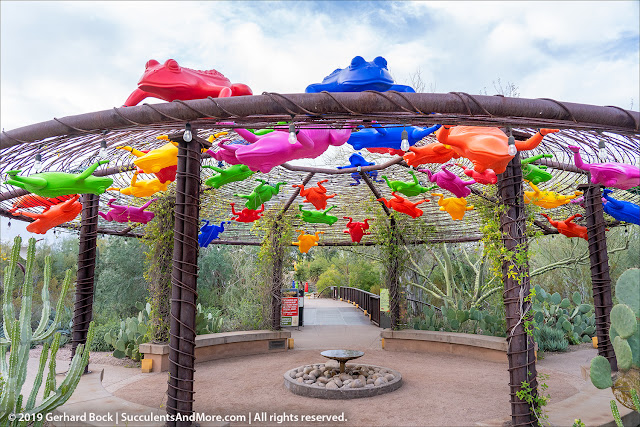Meet Tofu!

On Thursday we welcomed a new family member. Meet Tofu: Tofu is an American bulldog × Labrador retriever mix. The shelter we adopted him from says he's 4 years old, but we think he may actually be younger. Tofu is the name the shelter had given him, and it looks that'll be his permanent name (although I've started calling him Tofino). He's a big block of extra firm tofu, that's for sure. The first thing we noticed when we met him at the shelter was how affectionate he is. That's pretty remarkable, considering the life he must have had (we actually know nothing about his past history). He likes to know where everybody is and checks in periodically. We're giving him all the reassurance he needs in this transition phase.









